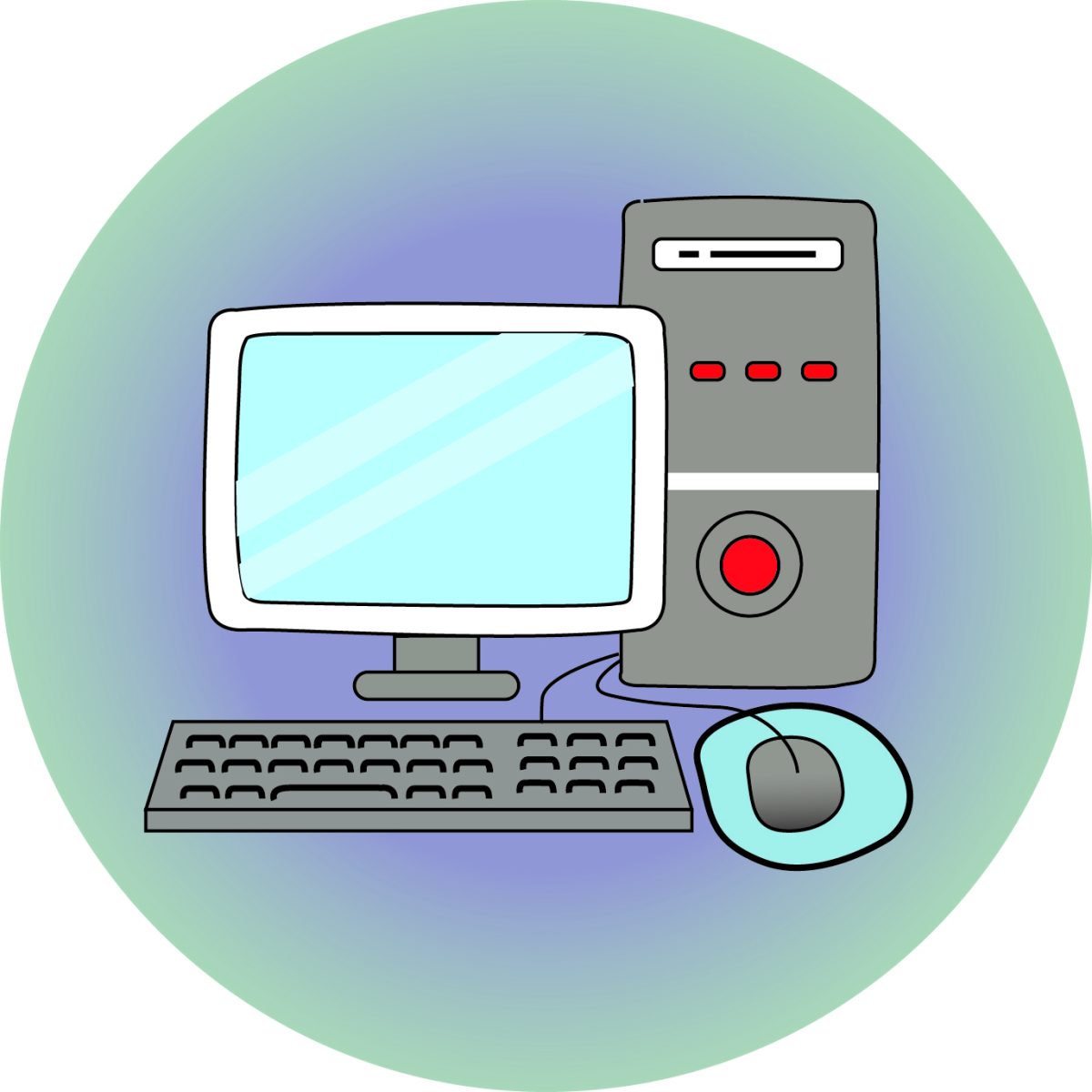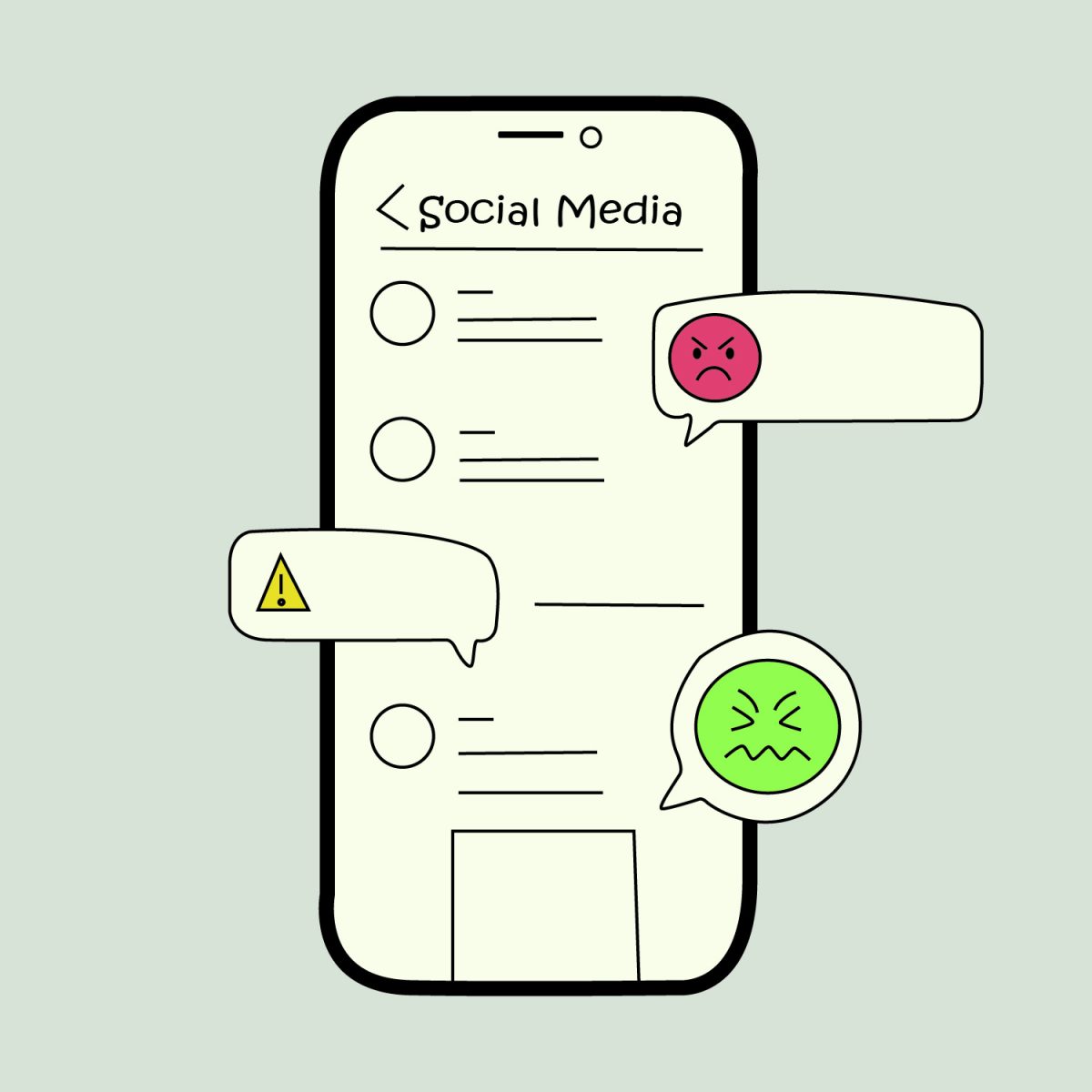AI, Skynet, and the disastrous downfall of humanity caused by hyperintelligent robots. Technology may seem like a terrifying prospect that will eventually lead to our doom, but right now it is a helpful tool for most and an annoying distraction in classrooms. Some people like this technology and others think it is pointless. Regardless of how people feel about this rising technology, schools have been adopting it more and more over the years, and students have been adapting to these changes as they roll along. The real question is why schools keep buying this new technology.
An important thing to understand is why these schools are making massive changes to the infrastructure of the classroom. As Education Week explains “The idea is that digital devices, software, and learning platforms offer a once-unimaginable array of options for tailoring education to each individual student’s academic strengths and weaknesses, interests and motivations, personal preferences, and optimal pace of learning.” There are different ways of learning for different students. Another reason for this influx of adapted classrooms is that “it is good for those who cannot afford to buy these things,” says senior Jet Greene Leupold. These low-income families, who cannot afford to buy their children laptops for educational purposes, are suddenly free to get a computer for their kids. A final reason is that according to the Washington Office of Superintendent of Public Instruction, “Integration of knowledge and skills in technology literacy and fluency into other subjects will engage and motivate students to explore high-demand careers.” The government thinks that this increased access to technology will help students increase their proficiency with tech in an increasingly advanced and competitive world. As sophomore Julia Bishop says, “You get to look up helpful stuff on the internet.”
Another thing to understand is how schools are supposed to implement these changes. Freshman Timofey Pivovarov says that “I do take notes on my laptop sometimes. I do type essays on my laptop sometimes because I am less likely to lose or damage that. I use Word a lot more.” These are some simple advantages brought about by this rise in technology that directly affects most students, but what about at the administrative level? According to Brookings, “One of the ways in which technology may improve the quality of education is through its capacity to deliver standardized quality content at scale.” Essentially the schools can use this technology to give teachers the ability to both give better lessons by educating them about specifics. These changes were spurred along by the pandemic and COVID-19, which forced almost everyone to get their education from home. As junior Sophie Leong says, “It really messed with the importance I placed in classes that year.” Not only that, but it also excluded lower income families from their ability to get their children an education at public schools. These students would have been unable to learn and fall behind, resulting in many people graduating a year later.
The final thing to understand is how the Issaquah School District is integrating with new technology. There is a site called Technology in the Classroom run by the school district detailing how teachers have begun pushing these advancing technologies into their classrooms. For example, Pacific Cascade Middle School (PCMS) Language Arts teacher Erin Kwok says, “My students are teaching themselves how to do things, they are learning how to find information for themselves, and they are learning not just how to only just find the information, but process what is good information.” These students are developing studying and research skills that have quite a bit of real-world applications, from working to finding out about random things that interest them. At Skyline High School, they are using sensors hooked up to computers in their engineering classes to design cars and learn the engineering process. Even in kindergarten, students are using Scratch Junior to help the kids learn problem solving skills. The teachers are using this technology as well to streamline teaching and learning. It is quite apparent when elementary school teacher Kayla Strand says, “They are able to show all their knowledge off in fun and different ways of doing videos, infographics, presentations, and it’s just teaching them different skills they are going to need later on in their life.” These teachers understand that the world is changing, and students naturally need to change with it.
While technology might not end the world just yet, it will change it, and change can be scary. Even so, these teachers are trying to change how they teach to show that though the world moves fast, they are right on top of it, helping students achieve all they can in this world. Some people advocate against technology, especially in schools, because they cannot keep up and are frightened by this change, but there are some things that you cannot stop, and change is one of them. So, next time you see a teacher working to help you make something of yourself by trying new ways of teaching online, be grateful.









